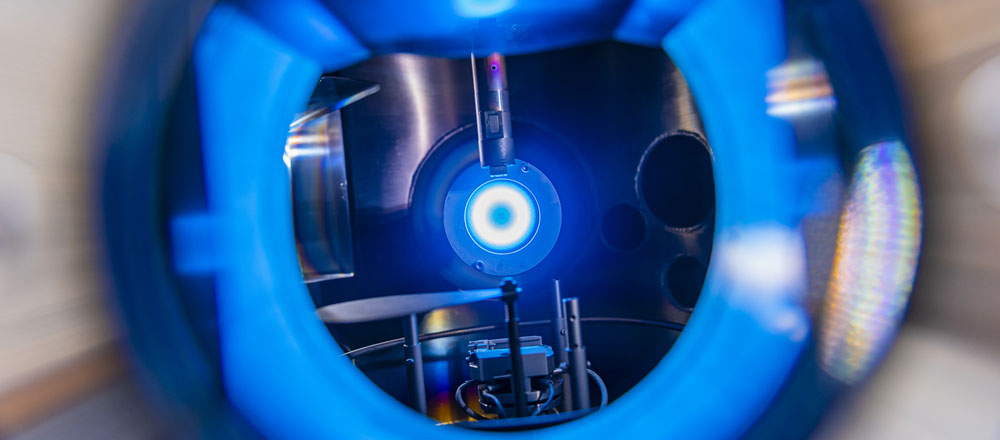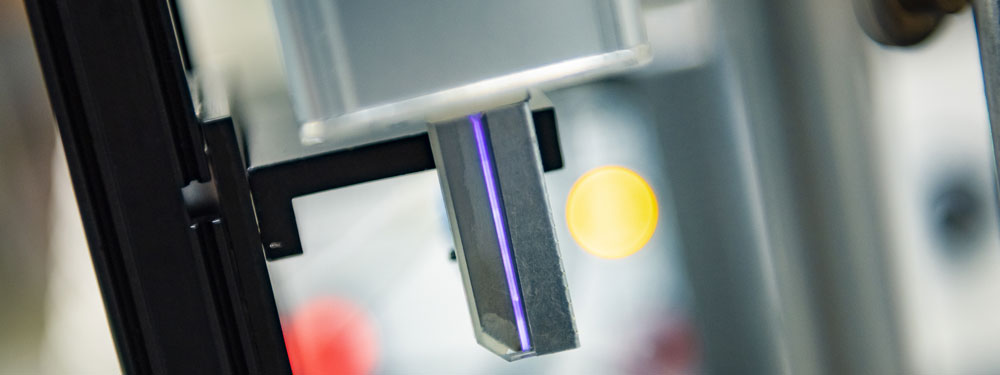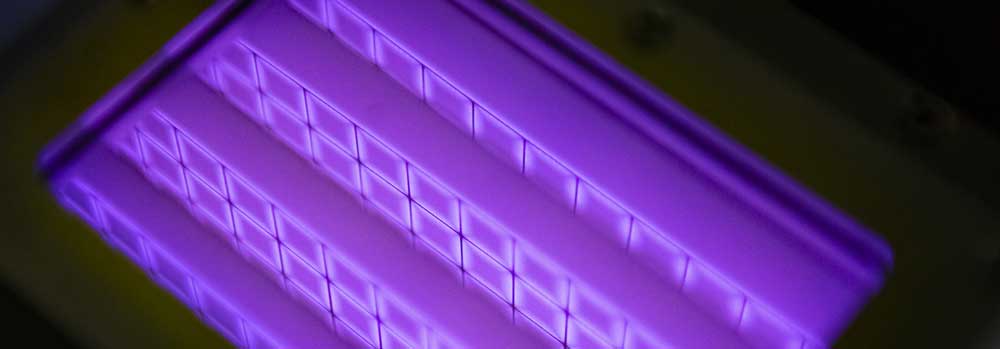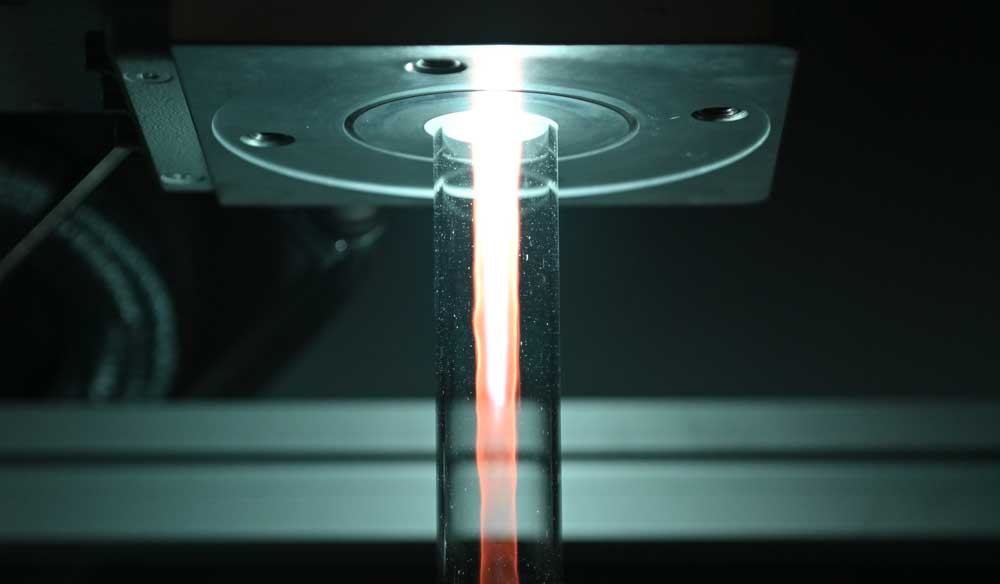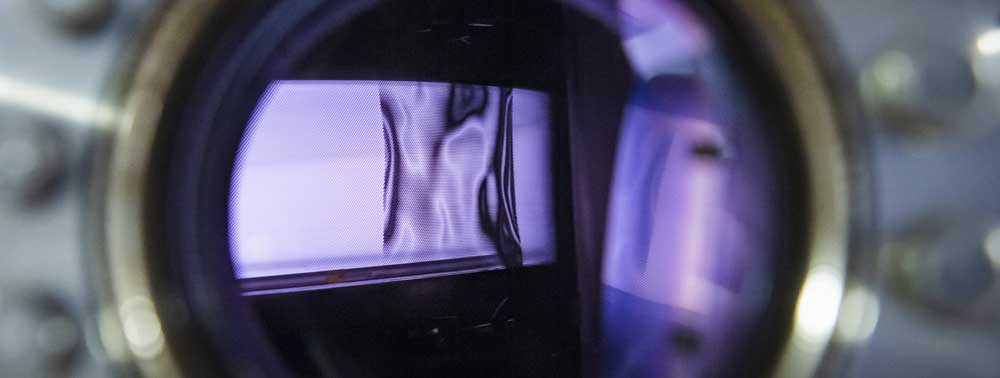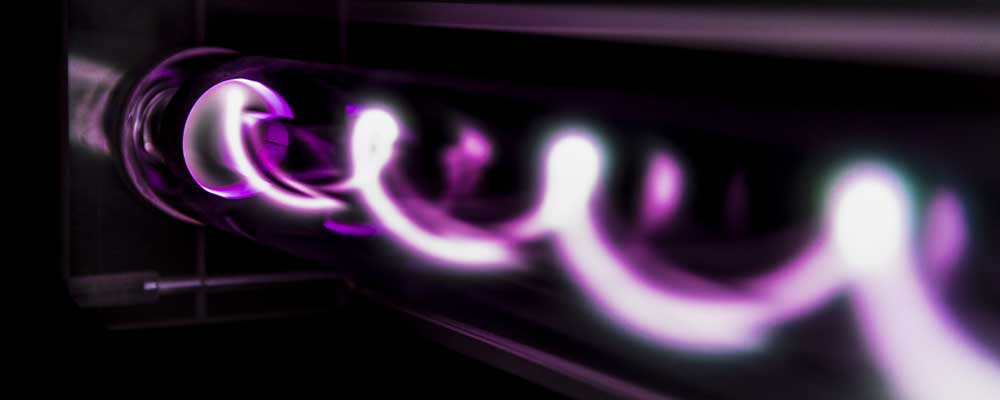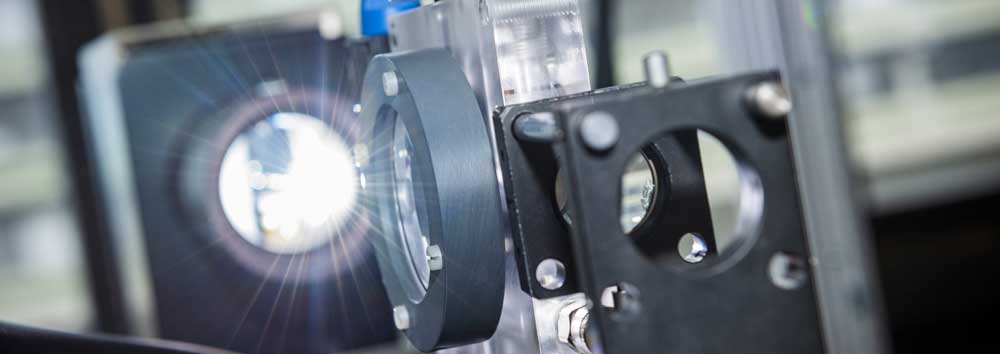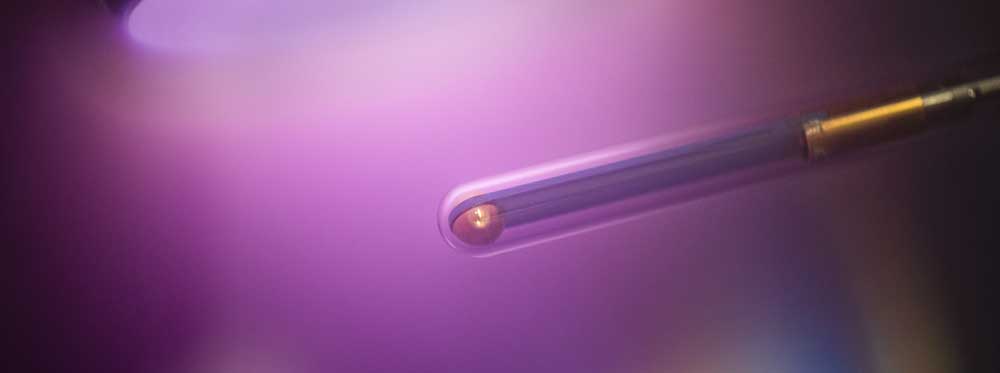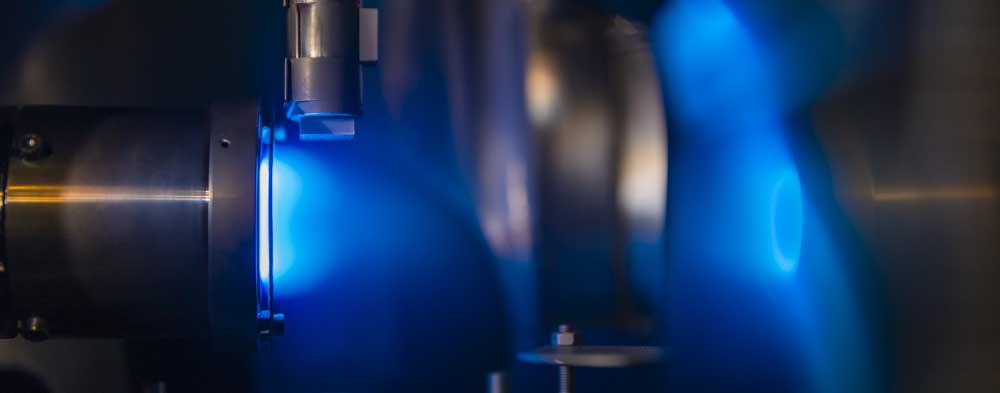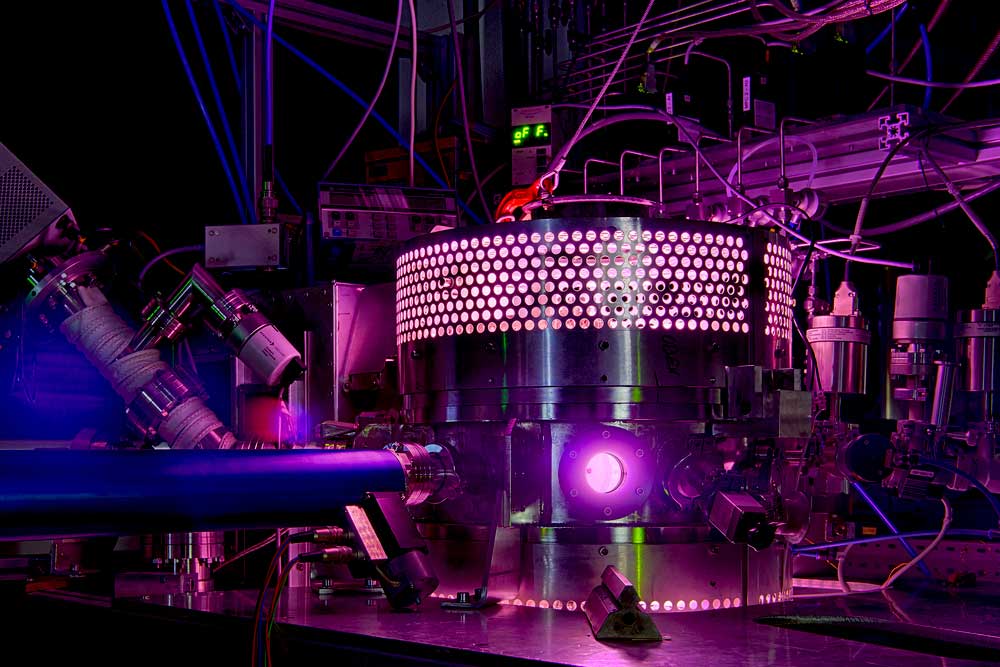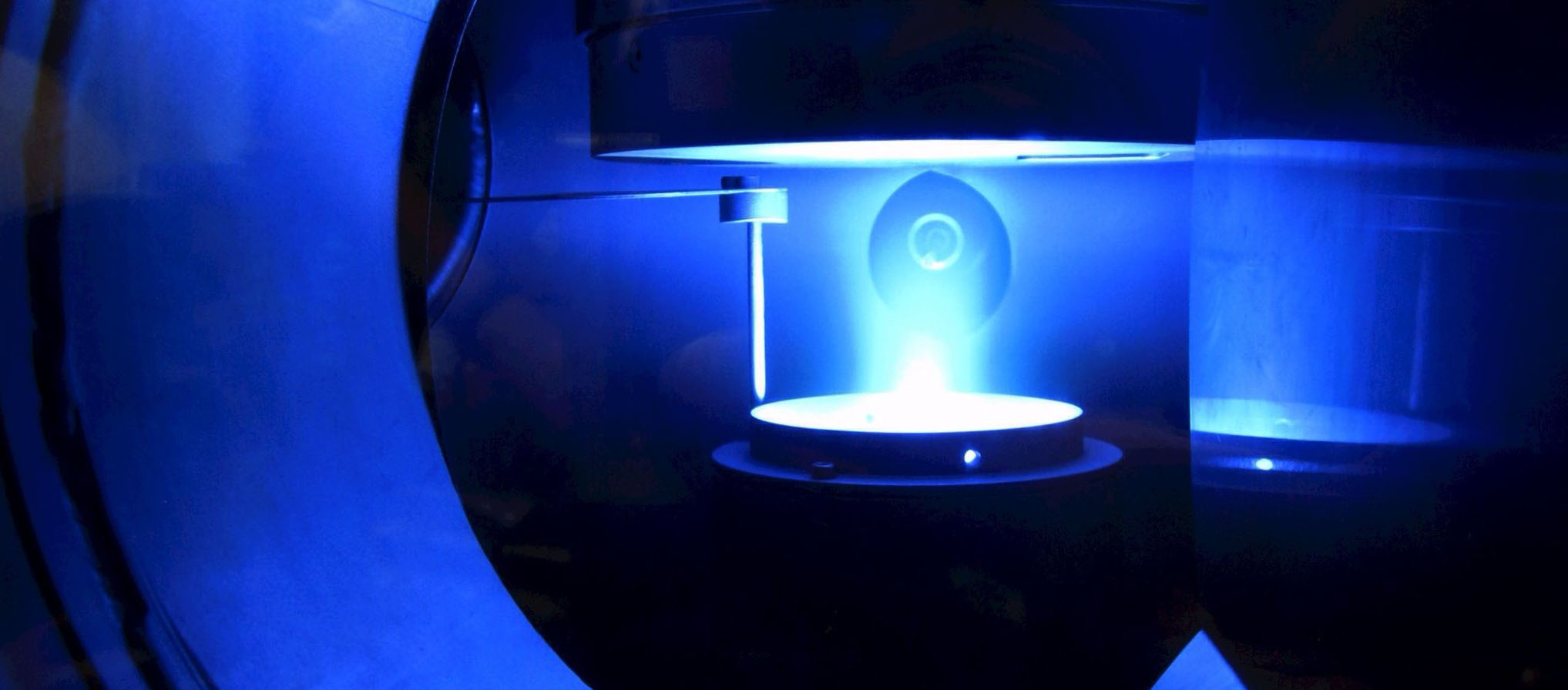Prof. Dr. Anna Franckowiak, Astronomic Institute
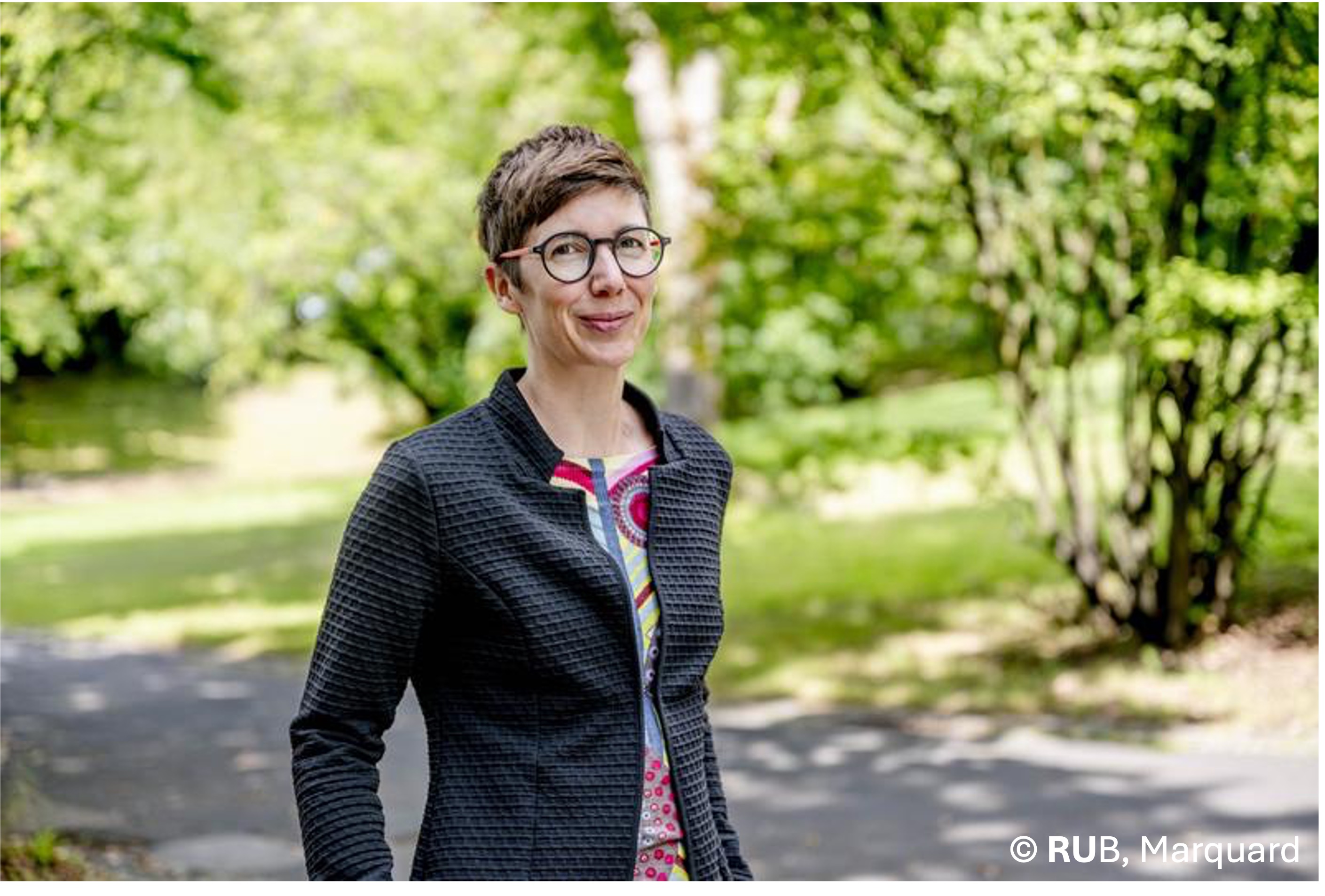 Lorem ipsum dolor sit amet, consetetur sadipscing elitr, sed diam nonumy eirmod tempor invidunt ut labore et dolore magna aliquyam erat, sed diam voluptua. At vero eos et accusam et justo duo dolores et ea rebum. Stet clita kasd gubergren, no sea takimata sanctus est Lorem ipsum dolor sit amet. Lorem ipsum dolor sit amet, consetetur sadipscing elitr, sed diam nonumy eirmod tempor invidunt ut labore et dolore magna aliquyam erat, sed diam voluptua. At vero eos et accusam et justo duo dolores et ea rebum. Stet clita kasd gubergren, no sea takimata sanctus est Lorem ipsum dolor sit amet.
Lorem ipsum dolor sit amet, consetetur sadipscing elitr, sed diam nonumy eirmod tempor invidunt ut labore et dolore magna aliquyam erat, sed diam voluptua. At vero eos et accusam et justo duo dolores et ea rebum. Stet clita kasd gubergren, no sea takimata sanctus est Lorem ipsum dolor sit amet. Lorem ipsum dolor sit amet, consetetur sadipscing elitr, sed diam nonumy eirmod tempor invidunt ut labore et dolore magna aliquyam erat, sed diam voluptua. At vero eos et accusam et justo duo dolores et ea rebum. Stet clita kasd gubergren, no sea takimata sanctus est Lorem ipsum dolor sit amet.
Keywords:
Webpage: Multi-Messenger Group
ORCID: 0000-0002-5605-2219
Prof. Dr. Achim von Keudell, Cchair of Experimental Physics II
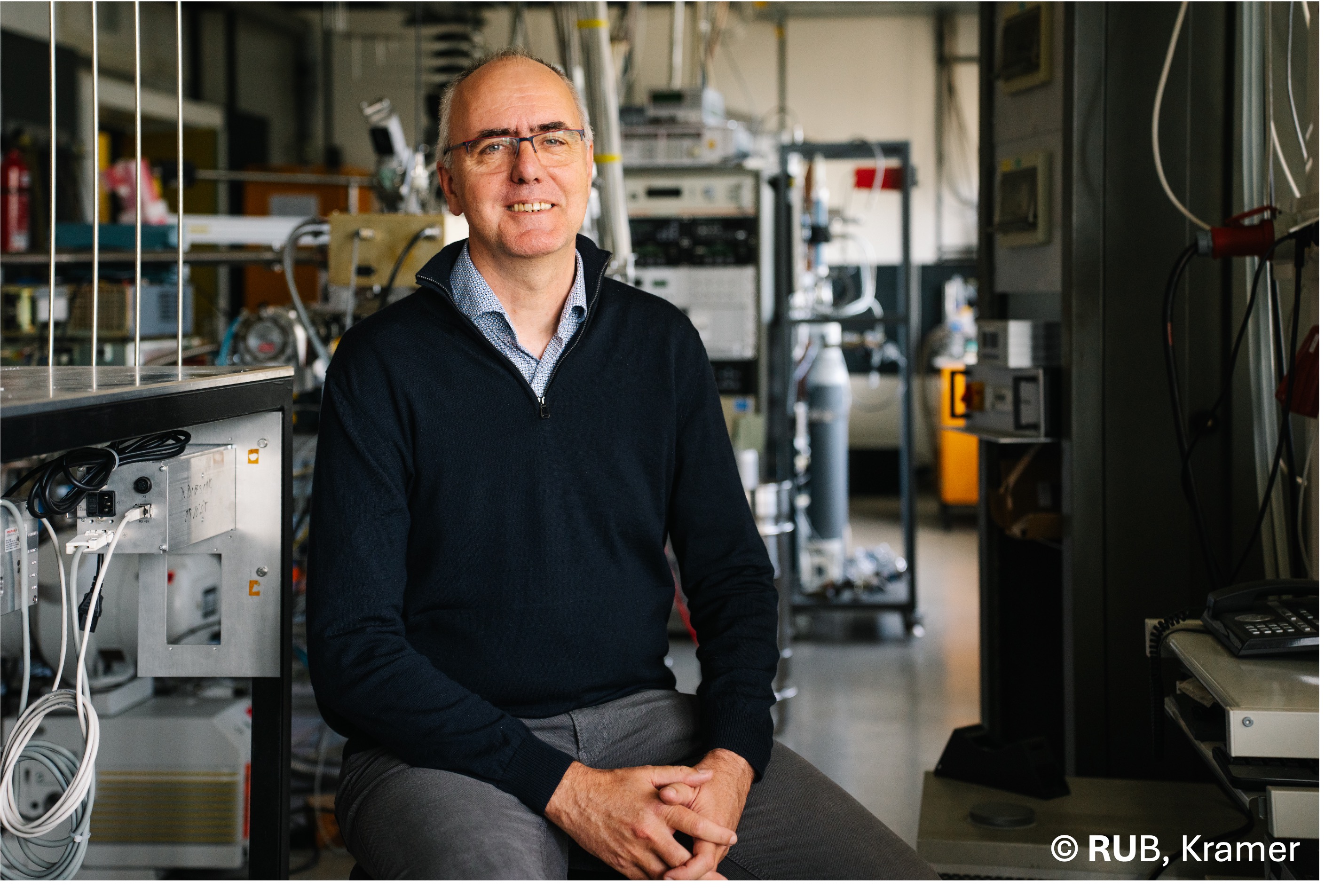 The research is focused on reactive plasmas and their interaction with surfaces. By employing optical diagnostics, mass spectrometry, surface analysis and unique particle beam experiments his team studies non-equilibrium processes in the plasma and heterogeneous surface reactions at the plasma boundary. Current topics are high power impulse magnetron sputtering and plasma supported reactive chemical vapor deposition for the synthesis of metastable and/or novel materials, non-equilibrium plasma chemistry combined with catalytically active surfaces and plasmas in liquids to support electrolysis for topics such as CO2 splitting and conversion.
The research is focused on reactive plasmas and their interaction with surfaces. By employing optical diagnostics, mass spectrometry, surface analysis and unique particle beam experiments his team studies non-equilibrium processes in the plasma and heterogeneous surface reactions at the plasma boundary. Current topics are high power impulse magnetron sputtering and plasma supported reactive chemical vapor deposition for the synthesis of metastable and/or novel materials, non-equilibrium plasma chemistry combined with catalytically active surfaces and plasmas in liquids to support electrolysis for topics such as CO2 splitting and conversion.
Keywords: reactive plasmas, plasma chemistry, energy conversion, material synthesis
Webpage: Experimental Physics II
ORCID: 0000-0003-3887-9359
Prof. Dr. Judith Golda, Plasma Interface Physics
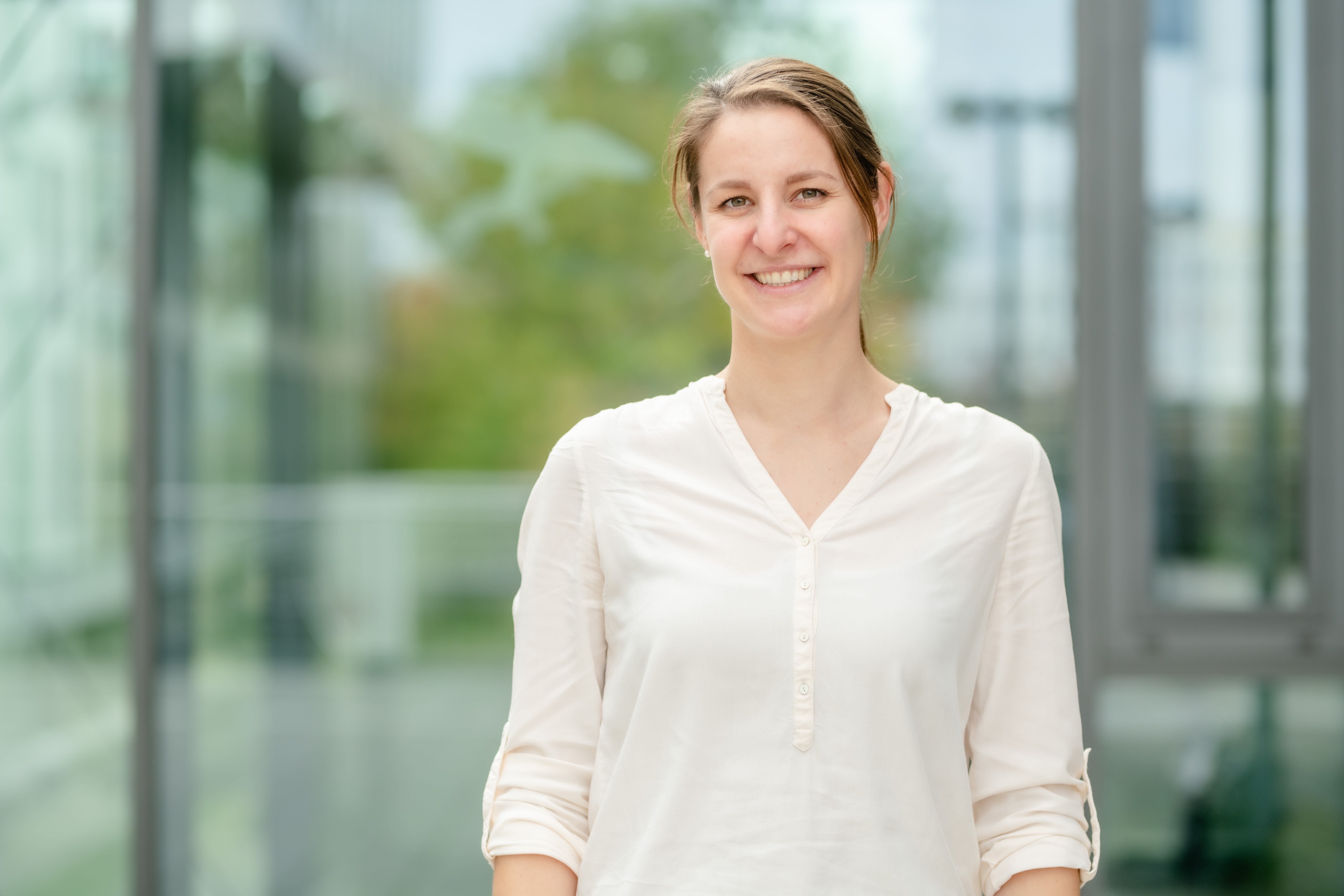 The focus of our research group is on the interaction of non-equilibrium plasmas with surfaces. We are interested in the fundamental processes between plasma components and treated substrates as well as possible synergistic effects. For the analysis, we use both plasma and surface diagnostics such as electrical measurements, optical (VUV/visible/infrared) emission and laser absorption spectroscopy, XPS and optical microscopy. We place great emphasis on backing up our complex experiments with simple model calculations and making them comparable for simulations.
The focus of our research group is on the interaction of non-equilibrium plasmas with surfaces. We are interested in the fundamental processes between plasma components and treated substrates as well as possible synergistic effects. For the analysis, we use both plasma and surface diagnostics such as electrical measurements, optical (VUV/visible/infrared) emission and laser absorption spectroscopy, XPS and optical microscopy. We place great emphasis on backing up our complex experiments with simple model calculations and making them comparable for simulations.
Current research topics are charge effects of dielectric barrier surface discharges, the interaction and self-organization of plasma-treated surfaces under the influence of laser radiation and the use of plasmas in biocataly-sis and medical applications.
Keywords: plasma interface, non-equilibrium plasma physics, plasma diagnostics, plasma catalysis
Webpage: Plasma Interface Physics
ORCID: 0000-0003-2344-2146
Dr. Marc Böke, Chair of Experimental Physics II
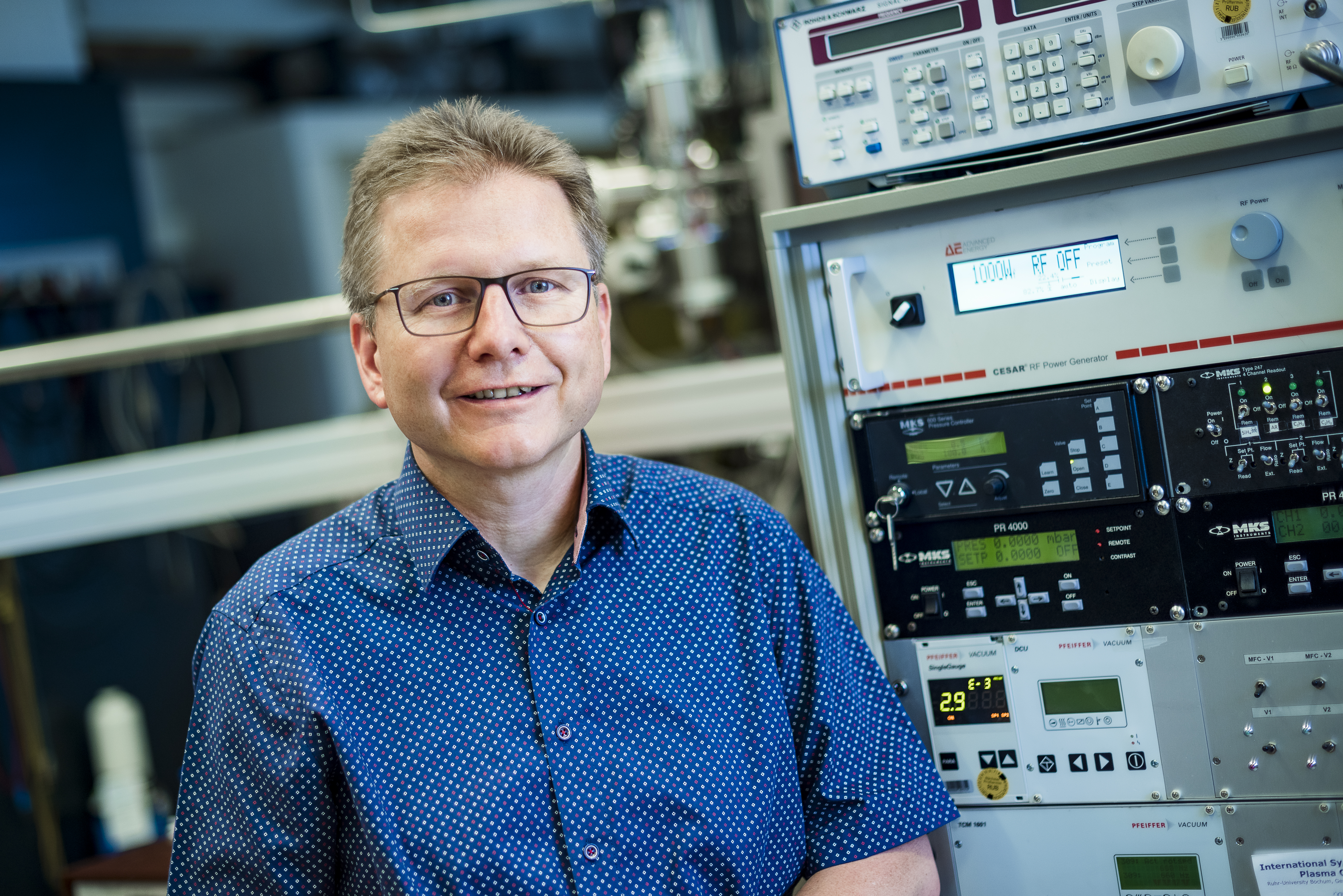 Main research topics are reactive plasmas, plasma chemistry and the interaction with surfaces. The non-equilibrium character of plasmas is exploited. In the case of low temperature plasmas, plasma-enhanced chemical vapor deposition is addressed, e.g. for barrier coatings and coatings on membranes to tailor the diffusion through such systems. Another example is the deposition of thermal barrier coatings on metallic substrate. In the case of atmospheric pressure plasmas, several topics are addressed: from methane pyrolysis in thermal plasmas to plas-ma catalysis in microplasma array devices. The reactive particles generated by a plasma jet (COST reference jet) are combined with laser surface structuring to generate micro-structured to tune the catalytic performance of these surfaces. Diagnostics are laser fluorescence and absorption techniques, electrical diagnostics, and plasma spectroscopy.
Main research topics are reactive plasmas, plasma chemistry and the interaction with surfaces. The non-equilibrium character of plasmas is exploited. In the case of low temperature plasmas, plasma-enhanced chemical vapor deposition is addressed, e.g. for barrier coatings and coatings on membranes to tailor the diffusion through such systems. Another example is the deposition of thermal barrier coatings on metallic substrate. In the case of atmospheric pressure plasmas, several topics are addressed: from methane pyrolysis in thermal plasmas to plas-ma catalysis in microplasma array devices. The reactive particles generated by a plasma jet (COST reference jet) are combined with laser surface structuring to generate micro-structured to tune the catalytic performance of these surfaces. Diagnostics are laser fluorescence and absorption techniques, electrical diagnostics, and plasma spectroscopy.
Keywords: reactive plasmas, plasma chemistry, rf plasma sources, plasma diagnostics, plasma enhanced chemical vapor deposition, microplasmas, barrier coatings
Webpage: Experimental Physics II
ORCID: 0000-0003-1062-5808
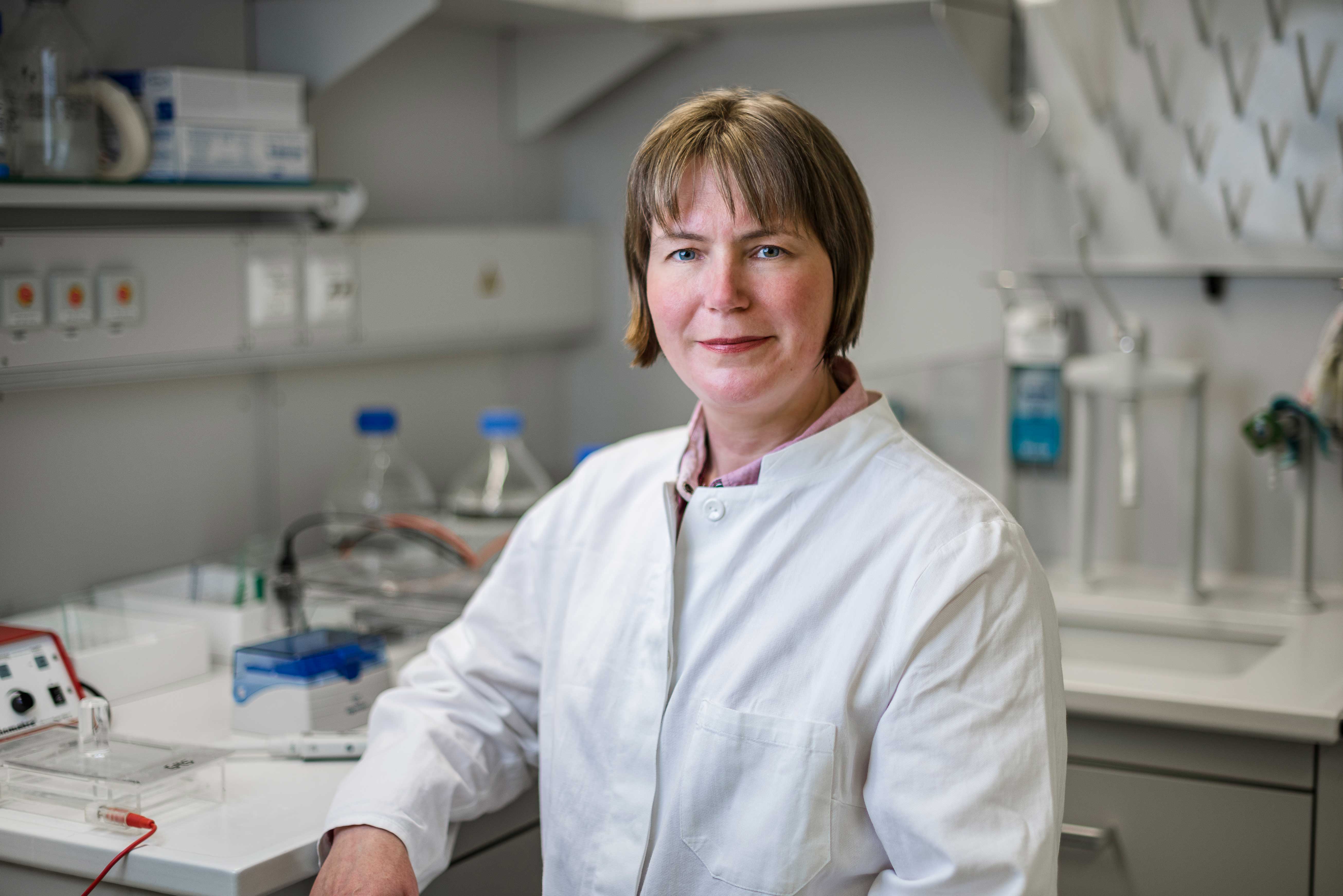
Prof. Dr. Julia Bandow, Applied Microbiology
 Plasma is ionized gas. Plasmas contain highly reactive chemical species, UV radiation, and frequently, electrical fields. Some plasmas can be operated at room temperature and atmospheric pressure, which makes them interest-ing for applications in biology and medicine. Of particular interest are the antibacterial effects which can be ex-ploited for sterilization and disinfection, even of human skin. We seek to understand the mechanisms underlying the antibacterial effects. We are also interested in the cellular defense strategies that may result in resistance. We found that some plasma-generated chemical species can be used to fuel biocatalytic reactions. Combining plasma and specialized enzymes we facilitate the synthesis of fine chemicals.
Plasma is ionized gas. Plasmas contain highly reactive chemical species, UV radiation, and frequently, electrical fields. Some plasmas can be operated at room temperature and atmospheric pressure, which makes them interest-ing for applications in biology and medicine. Of particular interest are the antibacterial effects which can be ex-ploited for sterilization and disinfection, even of human skin. We seek to understand the mechanisms underlying the antibacterial effects. We are also interested in the cellular defense strategies that may result in resistance. We found that some plasma-generated chemical species can be used to fuel biocatalytic reactions. Combining plasma and specialized enzymes we facilitate the synthesis of fine chemicals.
Keywords: Cold atmospheric-pressure plasmas, biocatalysis, bacterial resistance, Green Chemistry, protein analysis
Webpage: Bandow group
ORCID: 0000-0003-4100-8829
Prof. Dr. Martin Muhler, Laboratory of Industrial Chemistry
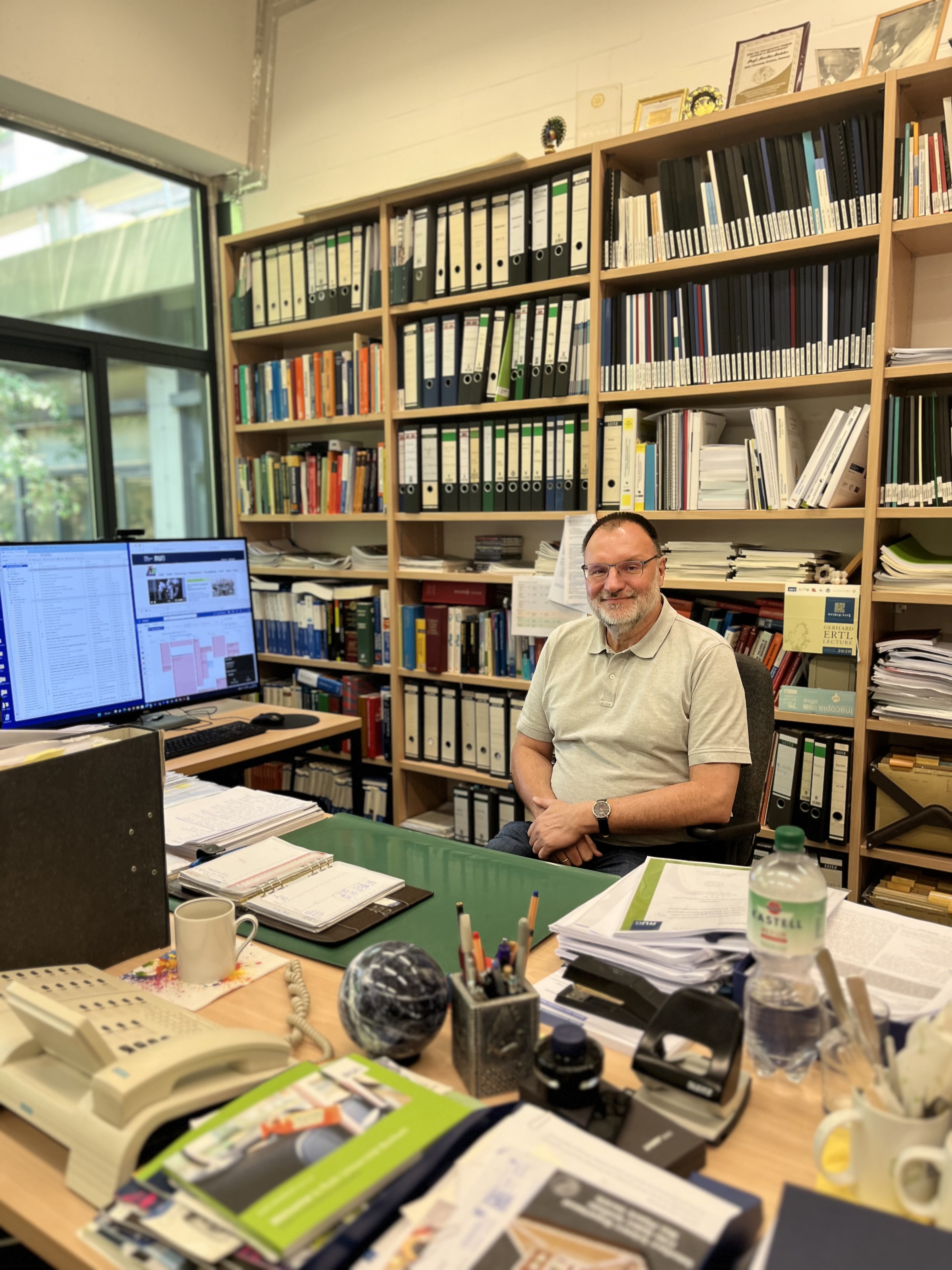 Martin Muhler studied Chemistry at the Ludwig-Maximilians-Universität München and received his PhD in 1989 from Freie Universität Berlin supervised by Prof. Dr. G. Ertl at the Fritz Haber Institute of the Max Planck Society.
Martin Muhler studied Chemistry at the Ludwig-Maximilians-Universität München and received his PhD in 1989 from Freie Universität Berlin supervised by Prof. Dr. G. Ertl at the Fritz Haber Institute of the Max Planck Society.
After postdoctoral research at Haldor Topsoe A/S in Denmark (1989–1991), he returned to the Fritz Haber Institute and completed his habilitation at TU Berlin in 1996. In 1996 he was appointed to his current position of full professor in Industrial Chemistry at Ruhr University Bochum. His research aims at identifying active sites and elementary steps to understand reaction mechanisms on solid surfaces for a knowledge-based development of catalysts applied in syngas conversion, selective oxidation and reduction as well as electro-, photo- and plasmacatalysis. Plasma-catalyst interactions are studied in surface dielectric barrier discharges. He is the vice speaker of CRC/TRR 247 and CRC 1316, and he is Max Planck Fellow at the Max Planck Institute for Chemical Energy Conversion.
Keywords: Heterogeneous redox catalysis, catalyst development, plasma-catalyst interactions
Webpage: LTC
ORCID: 0000-0001-5343-6922
Dr. Frederic Effenberger, Theoretical Plasma Physics and Astrophysics
 Lorem ipsum dolor sit amet, consetetur sadipscing elitr, sed diam nonumy eirmod tempor invidunt ut labore et dolore magna aliquyam erat, sed diam voluptua. At vero eos et accusam et justo duo dolores et ea rebum. Stet clita kasd gubergren, no sea takimata sanctus est Lorem ipsum dolor sit amet. Lorem ipsum dolor sit amet, consetetur sadipscing elitr, sed diam nonumy eirmod tempor invidunt ut labore et dolore magna aliquyam erat, sed diam voluptua. At vero eos et accusam et justo duo dolores et ea rebum. Stet clita kasd gubergren, no sea takimata sanctus est Lorem ipsum dolor sit amet.
Lorem ipsum dolor sit amet, consetetur sadipscing elitr, sed diam nonumy eirmod tempor invidunt ut labore et dolore magna aliquyam erat, sed diam voluptua. At vero eos et accusam et justo duo dolores et ea rebum. Stet clita kasd gubergren, no sea takimata sanctus est Lorem ipsum dolor sit amet. Lorem ipsum dolor sit amet, consetetur sadipscing elitr, sed diam nonumy eirmod tempor invidunt ut labore et dolore magna aliquyam erat, sed diam voluptua. At vero eos et accusam et justo duo dolores et ea rebum. Stet clita kasd gubergren, no sea takimata sanctus est Lorem ipsum dolor sit amet.
Keywords:
Webpage: Theoretical Plasma Physics and Astrophysics
ORCID: ?????
